 Ahead of primary elections in the state on May 17th, Christopher A. Cooper gives an update on how North Carolina’s electoral contests are shaping up. He writes that while the state’s Congressional districts and candidates are now essentially locked in, a crowded field of contenders heading into the primaries makes it difficult to make predictions about where things stand for the November midterms.
Ahead of primary elections in the state on May 17th, Christopher A. Cooper gives an update on how North Carolina’s electoral contests are shaping up. He writes that while the state’s Congressional districts and candidates are now essentially locked in, a crowded field of contenders heading into the primaries makes it difficult to make predictions about where things stand for the November midterms.
- Looking ahead to elections across the US in 2022, our mini-series, ‘The 2022 midterms‘, explores aspects of elections at the presidential, Senate, House of Representative and state levels, and also reflects on what the results will mean for US politics moving forward. If you are interested in contributing, please contact Rob Ledger (ledger@em.uni-frankfurt.de) or Peter Finn (finn@kingston.ac.uk).
About a month ago I wrote an update on North Carolina’s 2022 elections noting that they were defined by uncertainty. This conclusion was driven primarily by three factors. First, the North Carolina electorate is divided roughly in half between Republicans and Democrats, liberals and conservatives, and those on the left and those on the right, leading to an air of uncertainty that permeates all of the state’s politics. Second, at that point the congressional and state legislative maps were tied up in court, so the outline of the district lines were uncertain. Finally, some candidates had thrown the entire notion of geographic representation on its head by announcing that they would run outside of their home districts.
Today, the general sense of uncertainty that always pervades North Carolina elections remains, but the other two factors have all but disappeared. The State Supreme Court has accepted the remedial maps submitted by the General Assembly and in the same decision, adopted a congressional map drawn by three Special Masters (former North Carolina judges appointed by the Court). Candidate filing resumed the following day and closed on March 4 at noon and Republican Madison Cawthorn has returned back to his home district. So, where do we stand in this critically important battleground state?
US Senate
The United States Senate is currently perched precariously between Democratic and Republican control. If the Republicans gain a single seat, the Democrats will lose their majority. If the Democrats can hold the line, however, they will have two more years where they control both the upper house of the US Congress and the Presidency (to say nothing of what might happen in the House of Representatives). There is perhaps no seat that’s more critical to the goals of both parties than North Carolina’s Class III Senate seat—one of only six open seats in the United States and one of just three that fall in a competitive, two-party state (Ohio and Pennsylvania are the others). Given the importance of the North Carolina race, it is probably not surprising that a record number of candidates have declared their candidacy. Figure 1 below puts this year’s candidate filings in context.
Figure 1 – Number of Major Party Candidates in North Carolina’s US Senate Elections, 1966-2022
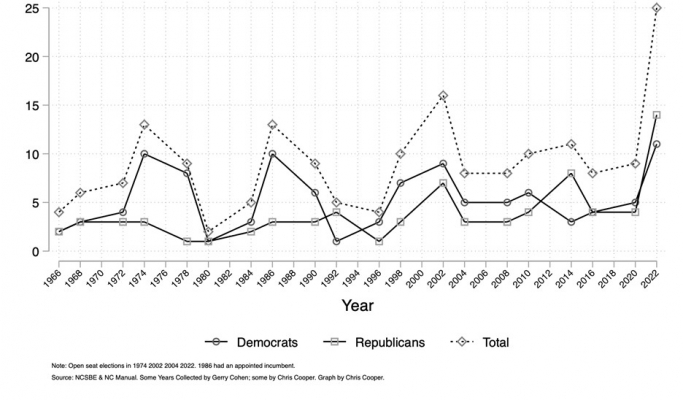
On the Democratic side of the aisle, what once looked like a potentially fractured Democratic electorate has united around former North Carolina Chief Justice Cheri Beasley, after popular state Senator Jeff Jackson announced that he would pull out of the race and put his support behind Beasley. While the primary outcome does seem preordained in Beasley’s favor, there are 10 other Democratic candidates who have entered the race and plan to do what they can to make Beasley’s victory less than assured.
The Republican side of the aisle, by comparison is much less certain. There are a record 14 candidates who have filed for the Republican Senate primary, although the consensus holds that four candidates comprise the top tier—Congressman Ted Budd, political newcomer Marjorie Eastman, former Governor Pat McCrory, and former member of Congress Mark Walker. While Budd and Walker have been constants in this race and consistently poll at the top of the field, Walker had previously flirted with pulling out and running for the US House of Representatives, before announcing that he would stay in. Eastman, on the other hand, emerged from relative obscurity to recently attain a place in the top tier.
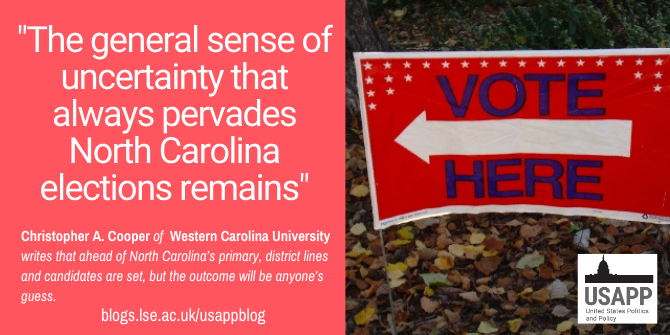
“sign vote here” (CC BY-NC-SA 2.0) by zen
US House of Representatives
North Carolina’s congressional delegation currently includes 8 Republicans and 5 Democrats. Population growth earned the state a 14th district and after considerable back and forth (and that’s a vast understatement), the final map creates an electoral landscape that is likely to produce six Democratic and seven Republicans seats with a single highly competitive district (district 13). Each district’s two-party vote share averaged across ten 2020 elections is shown in Figure 2 below.
Figure 2 – Percent of two-party vote share in statewide 2020 elections by North Carolina Congressional District, from Congressional map ordered 23 February 2022
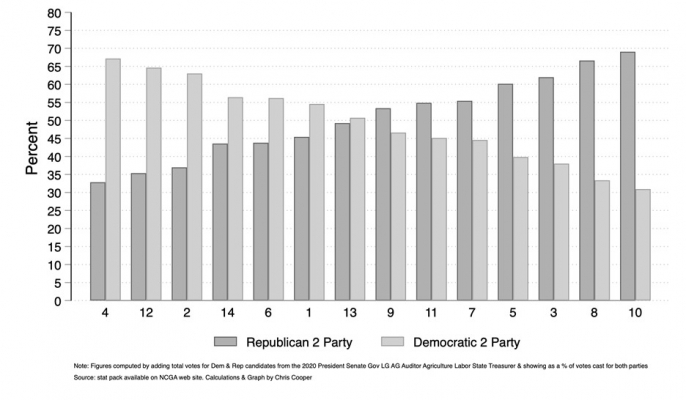
Despite the clear partisan lean of most of the districts, 22 of 28 party primaries have more than one candidate (with the exceptions being the Democratic primary in Districts 2, 5, 6, 8, 9, and the Republican primary in 8). At this point, the primary races to watch include:
- District 4 Democratic primary: This open-seat election (the current occupant David Price has announced his retirement) is expected to produce a relatively easy Democratic victory in the General Election. Perhaps as a result, the Democratic primary is crowded. Eight candidates, including four term state senator Valerie Foushee, Durham County Commissioner Nida Allam, and early 2000s American Idol Star Clay Aiken are seeking this seat.
- District 11 Republican primary: This one shouldn’t have been interesting at all. If incumbent Madison Cawthorn had simply stayed in his district, he would be well on his way to an almost certain primary victory. By announcing that he would run in a district to the East of his own, however, he opened the door to other candidates, including state senator Chuck Edwards and former NC-11 Republican district chair Michele Woodhouse to enter the race. When the new maps were revealed, Cawthorn returned to his home district only to find a crowded and potentially competitive primary.
- District 13 Democratic and Republicans Primaries: Congressional district 13 is the most competitive district in the state of North Carolina and both primaries are packed with quality challengers. Five people are vying for the Democratic nomination including former State Senator Sam Searcy, and current State senator Wiley Nickel. The Republican primary includes eight candidates, including former Congresswoman Renee Ellmers and political newcomer Bo Hines—a candidate cut directly from the Madison Cawthorn in terms of both “America First” ideology and age.
State and Local Races
While the attention will certainly be on the national races, North Carolina has scores of competitive races farther down ballot that will influence voter turnout and change policy in one direction or the other for millions of North Carolinians. 170 seats in North Carolina’s General Assembly are up for grabs; about three quarters of which have candidates from both parties running. Local offices may also take on renewed importance this year, if the number of candidates declared is a sign. For example, a race for Sheriff in Wake County (the most populous county in the state) has ten candidates running for a single position.
The Calendar and the Rule That Matters
The primary date in North Carolina is set for May 17, but that likely won’t be the end of the primary action in North Carolina. Like most southern states, North Carolina requires that candidates who do not earn a “substantial plurality” of votes must run in a runoff, or second primary. While the threshold used to rest at 40 percent + 1 vote, it was moved to 30 percent plus one vote in 2017. Given the size of the fields in many of these races, it is likely that this rule will be critical with the second primary scheduled for July 26 for federal offices and July 5 for other offices.
The lines have been set, but the outcomes remain uncertain
In sum, most of the details have fallen into place for the 2022 primary elections in North Carolina. The district lines are set, the election dates are on the calendar, and the candidates have all filed. But, as we have come to expect in North Carolina, while the uncertainty is certainly reduced, it’s still a long way from predictable.
Please read our comments policy before commenting.
Note: This article gives the views of the author, and not the position of USAPP – American Politics and Policy, nor the London School of Economics.
Shortened URL for this post: https://bit.ly/36205Pq
About the author
 Christopher A. Cooper – Western Carolina University
Christopher A. Cooper – Western Carolina University
Christopher A. Cooper is Robert Lee Madison Distinguished Professor of Political Science and Public Affairs and Director of the Public Policy Institute at Western Carolina University. His research focuses on state and local politics, North Carolina politics, southern politics and elections in the United States.



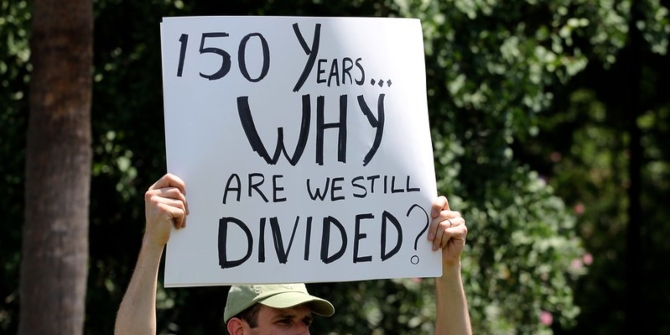
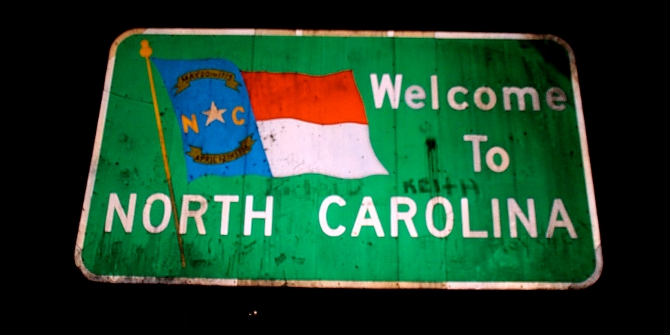

Mr Cooper: Can you comment on which candidate is strongest against Madison Cawthorne in the primary?